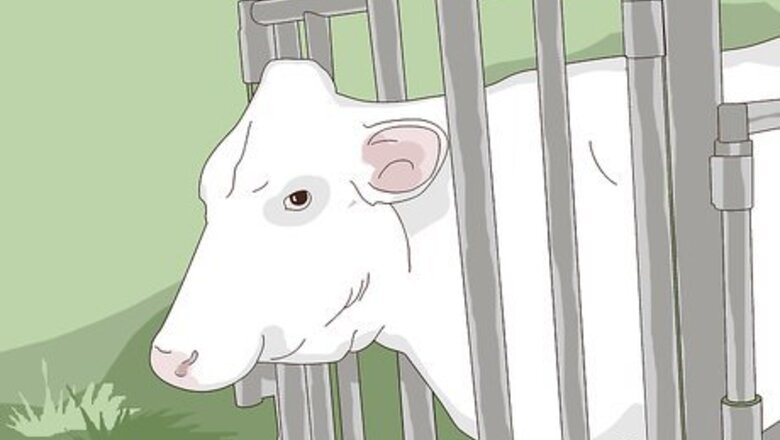
views
X
Trustworthy Source
PubMed Central
Journal archive from the U.S. National Institutes of Health
Go to source
2) the calf is simply too large to fit through the birth canal because the head and both elbows cannot be pulled into the pelvic canal, even with use of a come-along device like a calf-puller without causing significant injury or death to that calf.
DO NOT use this guide as a means to do any C-sections yourself. Unless you have a doctorate in veterinary medicine or are a licensed veterinarian and have done C-sections on animals, DO NOT ATTEMPT THIS SURGERY AT ANY TIME, UNDER ANY PENALTY OR CIRCUMSTANCES. This article is only a guide to give you an understanding of how C-sections are performed, it should never mean that you can perform one yourself. If you have a cow that is having difficulty calving please contact your local large animal veterinarian IMMEDIATELY.
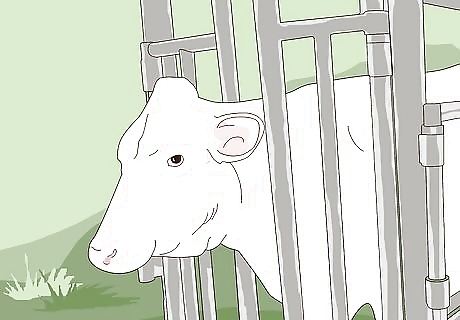
Secure the head. The cow or heifer must have her head secured in a head-gate to prevent her from escaping before or during the surgery. You may confine the cow to a head gate of a handling facility you already have, or a calving or maternity pen specifically suited for this very practice.
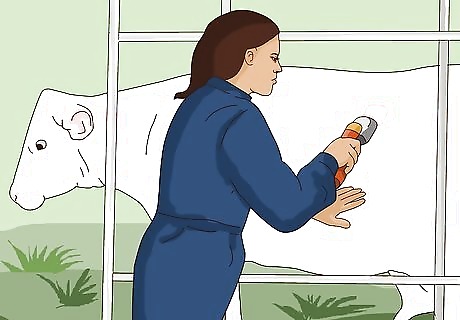
Shave down the area where the incision will be. Most C-sections are performed on the left side of the cow, or according to whichever side the cow is laying on if she's a downer cow and cannot get up without risk of collapsing again. In this case with a standing cow, the left flank--located just behind the last rib and before the hook of the pelvis--is shaved. A quarter inch of hair--or less--should remain afterwards.
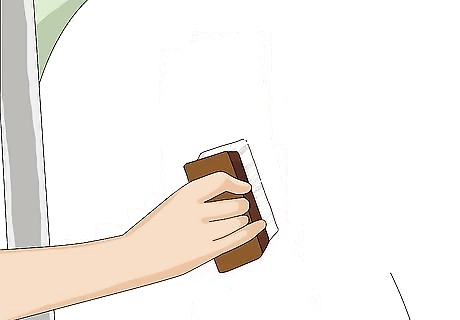
Scrub the shaved area. Squirt some pre-podine scrub onto the area that has been shaved, and rub down the area with hands, a sponge or scrub brush. Repeat until the area is clean or free of any tag (dirt or feces on the hide).
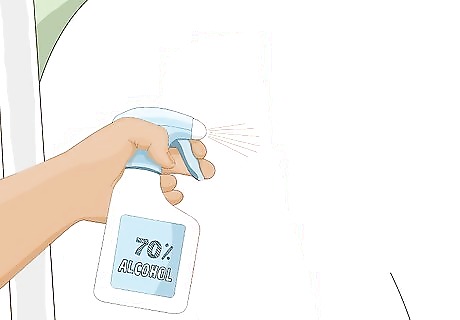
Wash the area down with 70% Alcohol. This will further disinfect the area.
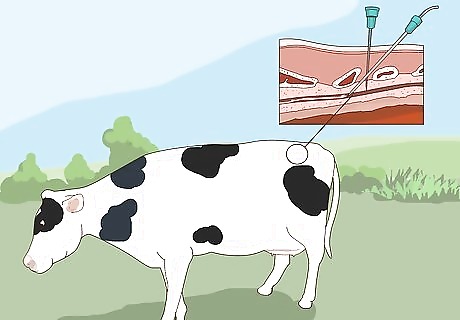
Local anaesthetic. Administer local anaesthetic to spinal area (which involves a long needle inserted into a specific area of the spinal cord) that incision will be done on. Anaesthetic should kick in a few seconds after being administered, "deadening" or numbing the area so that the cow will feel no pain when she is cut open.
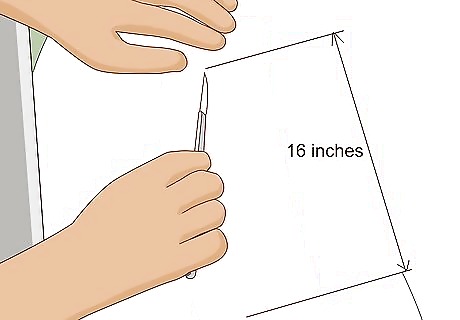
Make the incision. Make an incision through the skin and into the abdominal cavity. The incision itself is usually no longer than 12 to 16 inches (30.5 to 40.6 cm) in length.
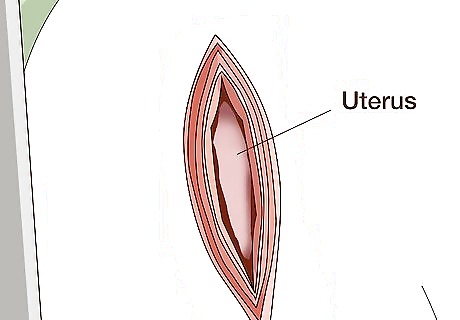
Reach inside the abdominal cavity to find the uterus. You should be able to feed the hard body of a calf through the uterine wall immediately where the incision was made.
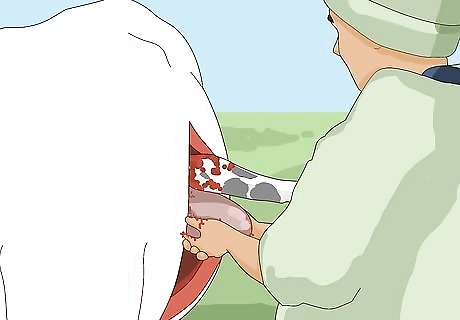
Pull the uterus to the outside as much as you can (be careful not be to be too forceful about it). Make an incision in the uterine wall, careful not to cut the calf in the process. This incision should be a few inches shorter than the previous one.
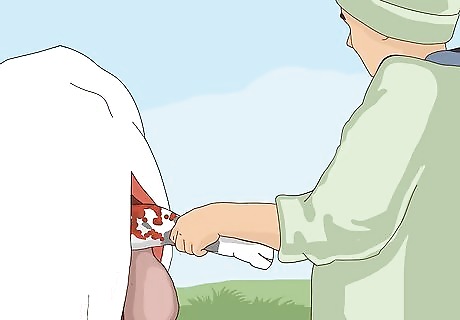
Reach into the uterus and grab one of the calf's hind feet if it's in normal presentation. Pull that leg through the incision.
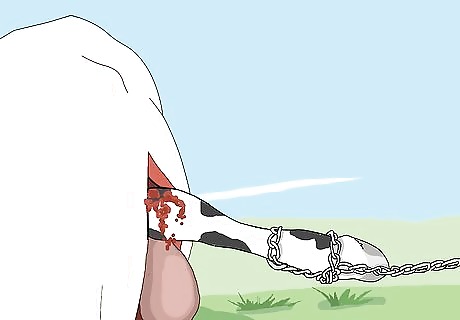
Rupture the amniotic sac, and grasp the hind leg that was just pulled out in the previous step, holding the uterus in position against the outer incision. Attach a calving chain to that leg, then have a helper hold that chain up.
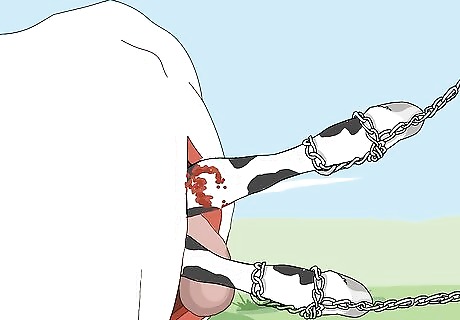
Reach in to find the other hind leg. Attach the second calving chain to that leg. Have your helper hold that chain up
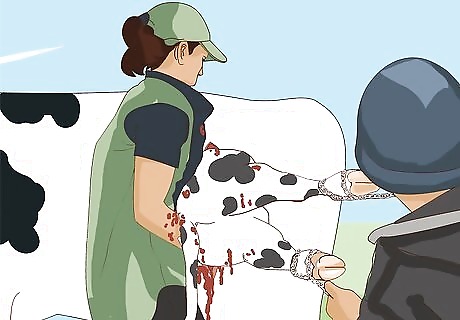
Pull out the calf. Get your helper to help you to pull the calf out of the uterus as quickly as possible. You may need an extra set of hands or two if the calf is particularly big and heavy, because the calf must be pulled up and out to avoid further damage to the incisions.
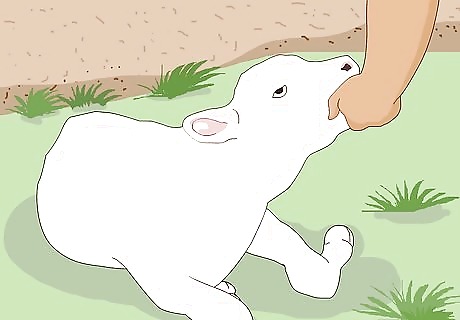
Get the calf breathing. Get the person helping you (and other folks watching you do the surgery) to get the calf breathing, as described in How to Help a Cow give Birth. You may want to get them to give the calf a bottle of colostrum right away as well.
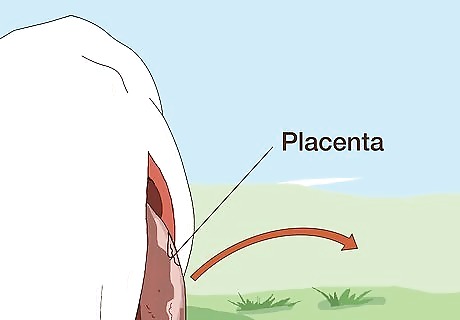
Remove the placenta. Reach in the uterine cavity again and begin to remove the placenta from the uterine wall. This step is optional, since some vets like to remove the placenta while the uterine wall is still open. Other vets prefer to leave the placenta in the cow and let her expel it herself.
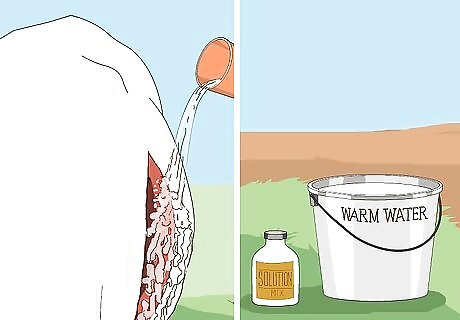
Clean the cow's abdominal cavity. With a bucket of warm water with about 10 ml of Solution mixed in, wash out the abdominal cavity and the skin to clean it of amniotic fluid and blood from the incisions and pulling out the calf. Repeat until area is clean.
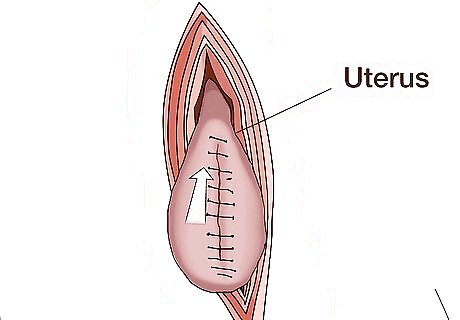
Suture up the uterine incision, then push it back into place.
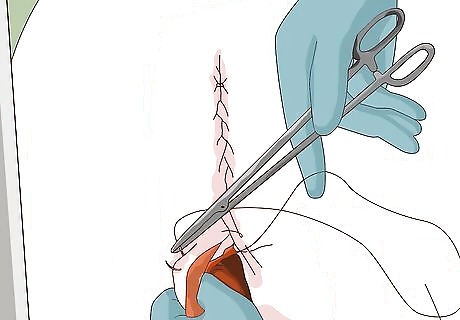
Suture up the abdominal wall and skin incision.
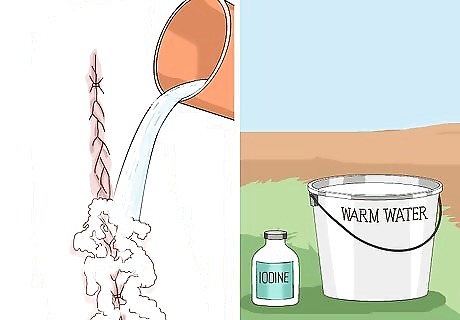
With another bucket of warm water and iodine Solution, wash down the incision to the skin.
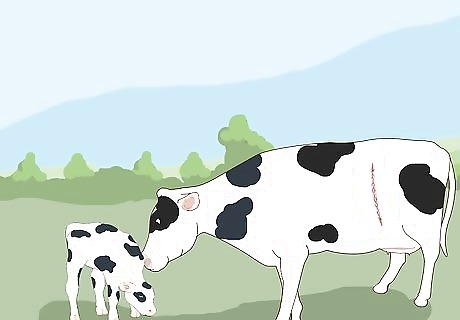
Release the cow after she has recovered from the local anaesthetic and allow her to be with her new calf.










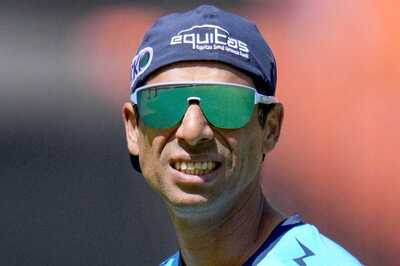

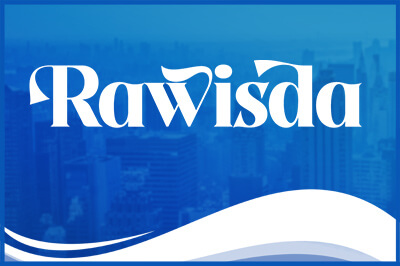
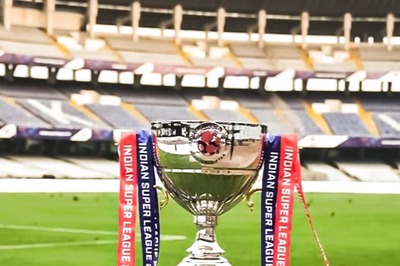
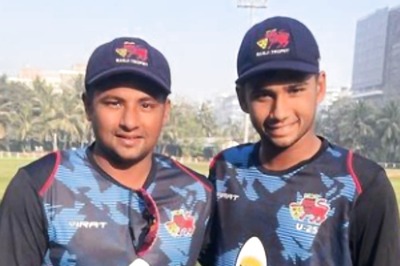
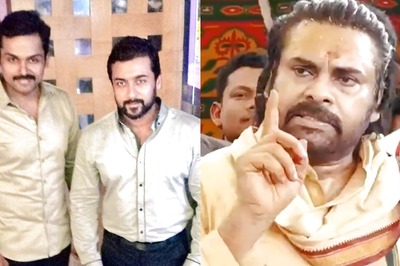


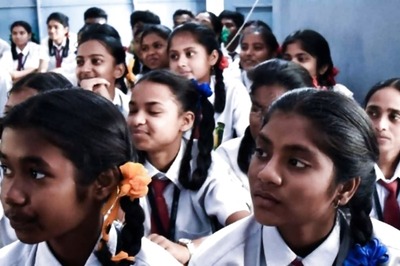

Comments
0 comment